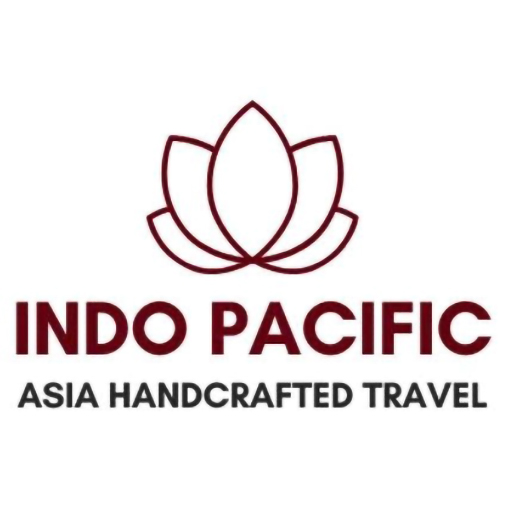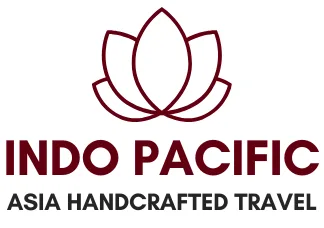article content
Hue Travel Guide: Fully Explore the Beauty and Cuisine of Vietnam’s Imperial City
Hue, once the imperial capital of Vietnam, is a city rich in history, culture, and charm. Once home to the Nguyen Dynasty, Hue still preserves its royal legacy through ancient palaces, temples, and traditional cuisine. If you’re planning a trip to Central Vietnam, Hue is a must-visit destination. This guide will help you make the most of your journey with essential travel tips and local experiences.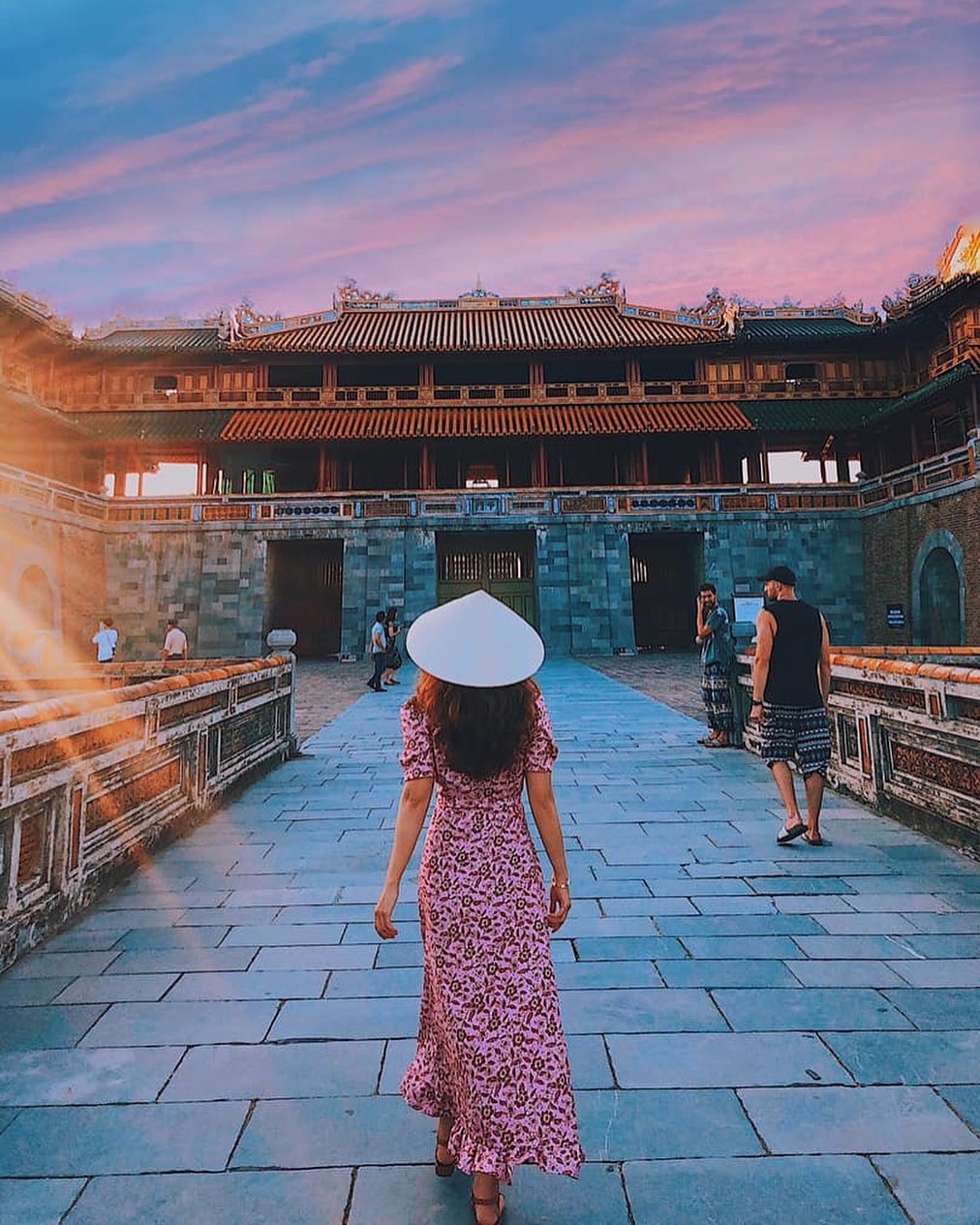
1. Best Time to Visit Hue
Hue has a tropical climate with two main seasons:
- Dry season (March to August): This is the ideal time to visit, with sunny weather perfect for sightseeing.
- Rainy season (September to February): Expect cooler temperatures and occasional drizzle. While the city becomes more romantic, some outdoor activities may be limited.

2. How to Get to Hue
- By Plane: Phu Bai International Airport (HUI) is about 15 km from the city center. Daily flights connect Hue with Hanoi and Ho Chi Minh City.
- By Train: The Reunification Express runs through Hue, offering a scenic and budget-friendly option.
- By Bus: Sleeper buses are available from major cities like Da Nang, Hoi An, or Hanoi.
3. Top Attractions in Hue
- Imperial City (Citadel): Explore the UNESCO-listed complex with ancient palaces, gates, and temples of the Nguyen Dynasty.
- Thien Mu Pagoda: A peaceful riverside pagoda that has become a symbol of Hue.
- Royal Tombs: Don’t miss the elaborate tombs of Emperors Khai Dinh, Minh Mang, and Tu Duc, each with unique architecture.
- Perfume River Cruise: A relaxing boat ride offers picturesque views and a glimpse into local life.
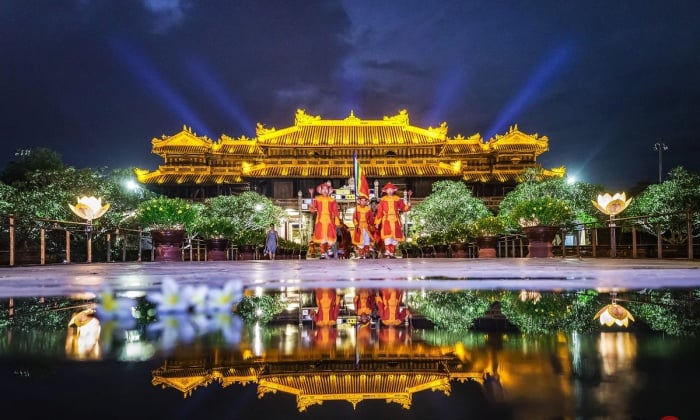
4. Must-Try Dishes in Hue
Hue is renowned for its imperial cuisine—delicate, flavorful, and beautifully presented.
- Bun Bo Hue: A spicy beef noodle soup, richer and bolder than pho.

- Banh Beo: Steamed rice cakes topped with minced shrimp and crispy shallots.
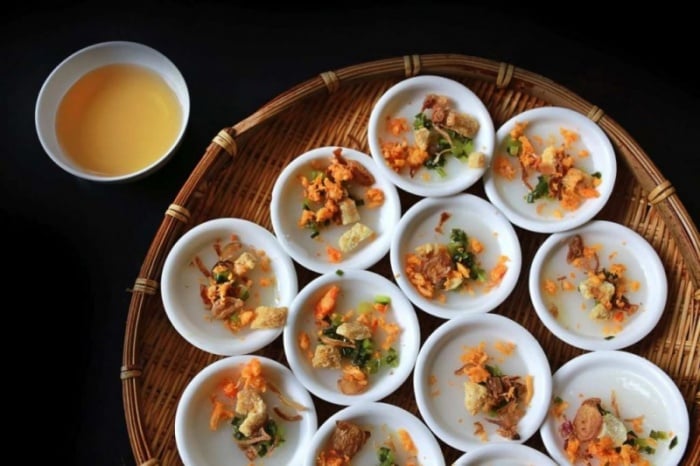
- Nem Lui: Fragrant pork skewers grilled over charcoal, paired with rice paper and fresh herbs for a hands-on dining experience.
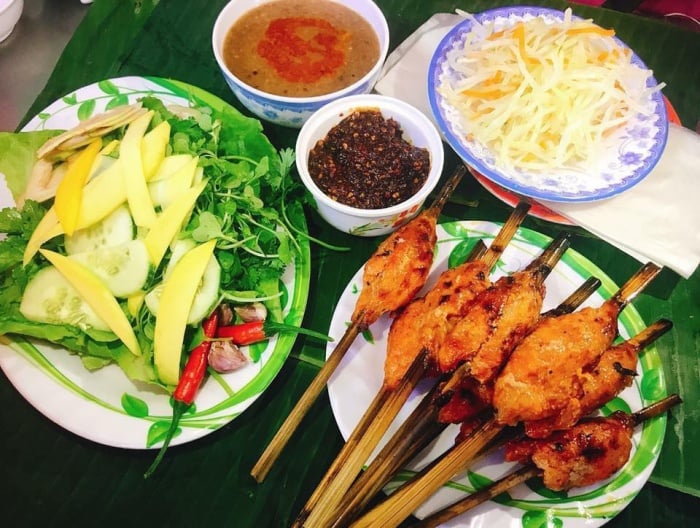
- Com Hen (Mussel Rice): A unique dish combining rice, baby mussels, and a mix of spices.
- Sweet Soups (Che Hue): A variety of traditional desserts, from lotus seed to mung bean.
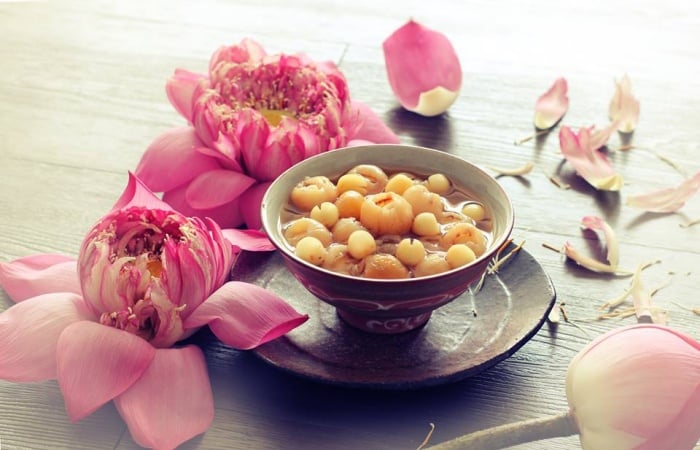
5. Cultural Tips and Local Etiquette: Embrace local customs and respect the traditions of the ancient city.
- Dress modestly when visiting temples and royal tombs.
- Try learning a few Vietnamese phrases—locals appreciate the effort.
- Don’t rush. Hue’s charm lies in its peaceful rhythm and poetic atmosphere.
6. Suggested Itinerary (2-3 Days)
Day 1: Visit the Imperial City → Thien Mu Pagoda → Sunset cruise on the Perfume River
Day 2: Explore royal tombs → Try local dishes at Dong Ba Market → Stroll around Truong Tien Bridge at night
Day 3: Relax at a garden café → Visit traditional handicraft villages (e.g., incense-making in Thuy Xuan)
7. Final Travel Tips
- Remember to bring sunscreen, a hat, and comfortable walking shoes for your exploration.
- Be sure to book accommodations and tours in advance, especially during peak festival seasons.
- Don’t forget your camera—Hue is a paradise for photography lovers.
Hue is more than just a historical city—it’s a place where the past and present blend harmoniously. With its poetic landscapes, warm locals, and rich heritage, Hue promises an unforgettable journey through Vietnam’s imperial soul.
